Crunchy Greens for Canines: Can Dogs Eat Romaine Lettuce Safely?
- 25 Apr 2025 09:26
As dog owners, we often notice our furry companions eyeing our plates with interest, especially when we're enjoying fresh, crunchy salads. Romaine lettuce, a popular leafy green known for its crisp texture and mild flavor, might seem like a harmless, hydrating treat to share. This leads many pet parents to ask the important question: can dogs eat romaine lettuce? The good news is that, generally speaking, yes, dogs can eat romaine lettuce in moderation. Unlike some human foods that are toxic to dogs, romaine lettuce is considered safe and can even offer some minor health benefits. However, there are crucial factors to consider regarding preparation, quantity, potential risks, and why it shouldn't become a staple in your dog's diet. This comprehensive guide provides a vet-reviewed perspective on feeding romaine lettuce to dogs, ensuring you make informed and safe choices for your beloved pet.
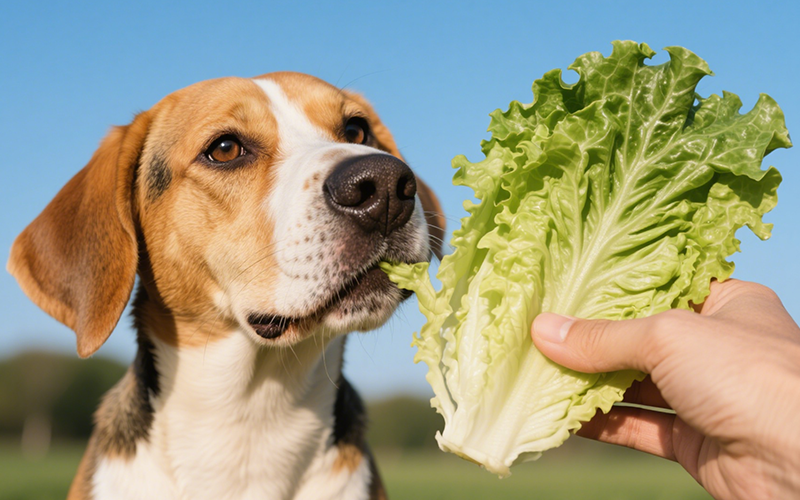
What is Romaine Lettuce? A Quick Overview
Romaine lettuce (Lactuca sativa L. var. longifolia), also known as cos lettuce, is a variety of lettuce characterized by its tall head of sturdy, dark green leaves with firm ribs down the center. It's more flavorful and nutrient-dense than iceberg lettuce and is a common ingredient in Caesar salads, sandwiches, and wraps. Its crunchy texture and high water content make it appealing on a hot day. But how does this translate to our canine friends?
Nutritional Profile: What Benefits Can Romaine Offer Dogs?
While dogs are primarily facultative carnivores (meaning they thrive on meat but can digest plant matter), certain vegetables can offer supplemental benefits. Romaine lettuce, while not a nutritional powerhouse compared to meat or other veggies like carrots or sweet potatoes, does contain some beneficial components:
High Water Content (Around 95%): This makes romaine lettuce very hydrating, which can be a small bonus, especially during warmer weather or for dogs that don't drink enough water. However, it should never replace access to fresh drinking water.
Dietary Fiber: The fiber in romaine can aid in digestion and promote regular bowel movements in dogs, similar to its effect in humans. It adds bulk to the stool and can help with mild constipation or diarrhea when used appropriately.
Low in Calories and Fat: Romaine is extremely low in calories and contains virtually no fat, making it a seemingly guilt-free treat option, especially for dogs on weight management plans.
Vitamins: It contains some essential vitamins, although the amounts absorbed and utilized by dogs from plant sources can vary:
Vitamin K: Important for blood clotting.
Vitamin A (from Beta-Carotene): Supports vision, immune function, and skin health. Dogs convert beta-carotene less efficiently than humans, relying more on pre-formed Vitamin A from animal sources, but some conversion occurs.
Folate (Vitamin B9): Involved in red blood cell production and DNA synthesis.
Vitamin C: An antioxidant. Healthy dogs synthesize their own Vitamin C, so dietary sources are generally not essential but can offer support.
Minerals: Contains small amounts of potassium (important for nerve and muscle function) and trace amounts of other minerals like calcium and magnesium.
Important Note: While these nutrients exist in romaine, the quantities are generally small relative to a dog's overall dietary needs. Romaine lettuce should be viewed strictly as a supplemental treat and cannot replace the balanced nutrition provided by high-quality commercial dog food formulated to meet AAFCO standards.
The Core Question: Is Romaine Lettuce Actually Safe for Dogs?
Yes, according to veterinary experts and pet safety organizations, **plain romaine lettuce is generally considered safe for dogs to eat in moderation.** Key safety points include:
Non-Toxic:** Romaine lettuce does not contain any compounds known to be poisonous or toxic to dogs, unlike foods such as grapes, onions, garlic, chocolate, or xylitol.
Digestibility (in moderation):** While high amounts can cause issues (see risks below), small quantities of the leafy parts are typically digestible for most healthy dogs.
Lack of Harmful Components:** It doesn't contain capsaicin (like spicy peppers) or excessive oxalates (like spinach, which requires more caution).
Therefore, answering the question "can dogs eat romaine lettuce?" leans towards yes, but with crucial caveats regarding how it's prepared and how much is given.
Potential Risks and Important Considerations
Despite its general safety profile, feeding romaine lettuce isn't entirely without risks, especially if not done correctly:
1. Gastrointestinal Upset (The Most Common Risk)
Due to its fiber and water content, feeding too much romaine lettuce can overwhelm a dog's digestive system, leading to:
Diarrhea:** Excess fiber or water can loosen stools significantly.
Gas (Flatulence) and Bloating:** Bacterial fermentation of the fiber in the gut can produce excess gas.
Vomiting:** Some dogs, especially those with sensitive stomachs, may vomit if they eat too much of any new or fibrous food.
Stomach Discomfort:** Bloating and gas can be uncomfortable or even painful.
Starting with very small amounts and monitoring your dog's reaction is essential.
2. Choking Hazard
Large, whole lettuce leaves or the tough central rib can potentially pose a choking hazard, especially for small breeds, puppies, or dogs that tend to gulp food quickly without proper chewing.
3. Contamination Risks (Pesticides and Bacteria)
This is a significant concern with any raw produce:
Pesticides:** Conventionally grown lettuce can carry pesticide residues on its surface. While washing helps, some residues might remain. Opting for organic and always washing thoroughly is recommended.
Bacteria:** Raw leafy greens, including romaine, have unfortunately been associated with outbreaks of harmful bacteria like *E. coli* and *Listeria* in the human food supply chain. While the risk might differ slightly for dogs, these bacteria can still cause serious illness in canines. **Thorough washing under running water is absolutely critical** to minimize this risk. Never feed lettuce that appears slimy, wilted, or spoiled. Some cautious owners may choose to lightly steam the lettuce to reduce bacterial load, though this alters texture and some nutrients.
4. Nutritional Imbalance (If Overfed)
If a dog fills up on low-calorie, nutritionally sparse lettuce, they may eat less of their balanced dog food, potentially leading to nutritional deficiencies over time if lettuce becomes a significant part of their diet. Remember the 10% treat rule.
5. Allergies (Rare)
While very uncommon, it's theoretically possible for a dog to be allergic to lettuce or specific proteins within it. Watch for signs like itching, skin redness, hives, or digestive issues after introduction.
How to Safely Prepare Romaine Lettuce for Your Dog
If you choose to offer romaine lettuce, follow these preparation steps meticulously: 1. **Select Fresh Lettuce:** Choose crisp, fresh-looking romaine. Avoid any heads with slime, wilting, or brown spots. 2. **WASH THOROUGHLY:** This is the most critical step. Separate the leaves and wash each one individually under cold running water. Rub the surfaces gently to dislodge dirt, potential pesticides, and bacteria. Pay attention to crevices. Pat dry. 3. **Remove the Core/Rib (Recommended):** The thick, white central rib is tougher and more fibrous than the leaves. While not harmful, removing it can make the lettuce easier to digest and reduce the choking risk. 4. **Chop into Small, Bite-Sized Pieces:** Cut the leafy green parts into small, easily manageable pieces suitable for your dog's size. This significantly reduces the risk of choking. Think confetti-sized for small dogs, slightly larger for bigger dogs. 5. **SERVE PLAIN:** This cannot be emphasized enough. Only offer plain, washed, chopped romaine lettuce. **NEVER** give your dog lettuce that has: * **Salad Dressing:** Dressings are typically high in fat, salt, sugar, and often contain harmful ingredients like onion powder, garlic powder, or potentially xylitol (in "light" dressings). High fat can trigger pancreatitis. * **Salt or Seasonings:** Excess salt is unhealthy, and other seasonings can be irritating or toxic. * **Other Salad Toppings:** Avoid croutons (refined carbs, salt, fat), cheese (dairy/lactose issues, fat), onions/garlic (toxic), grapes/raisins (toxic), nuts (fat, potential toxins/allergens). 6. **Introduce Slowly:** Give only a tiny piece the first time and wait 24-48 hours to monitor for any negative reactions (diarrhea, vomiting, gas). 7. **Moderation is Key:** Even if tolerated well, keep servings small and occasional.
Serving Size Savvy: How Much Romaine Lettuce Can Dogs Eat?
As with all treats, romaine lettuce should adhere to the **10% rule**: treats should comprise no more than 10% of your dog's total daily caloric intake. Since romaine is very low in calories, this translates more practically to volume and frequency: * **Treat, Not Meal:** It should be an occasional treat, not a regular part of their meals. Think a couple of times a week at most. * **Quantity Guidelines (Occasional Treat):** * **Extra-Small Dogs (under 10 lbs):** A few small chopped pieces (perhaps equivalent to 1/4 leaf). * **Small Dogs (10-30 lbs):** Chopped pieces equivalent to about 1/2 to 1 leaf. * **Medium Dogs (30-50 lbs):** Chopped pieces equivalent to 1-2 leaves. * **Large Dogs (50+ lbs):** Chopped pieces equivalent to 2-3 leaves maximum. Always err on the side of caution and offer less, especially initially. Observe your dog's individual tolerance.
Romaine vs. Other Lettuces: A Quick Comparison
* **Iceberg Lettuce:** Mostly water and fiber with very few nutrients. Less beneficial than romaine, but also generally safe in moderation if prepared correctly (washed, chopped, plain). * **Spinach:** Contains more nutrients than romaine but is high in oxalates. Large amounts of oxalates can potentially interfere with calcium absorption and, in rare cases or susceptible dogs, contribute to kidney or bladder stones. Small, occasional amounts of *cooked* spinach are generally considered safer than large amounts of raw spinach, but consult your vet, especially if your dog has urinary issues. * **Kale:** Nutrient-dense but contains isothiocyanates (can cause gastric irritation in large amounts) and calcium oxalate. Feed sparingly and potentially cooked. * **Arugula:** Peppery taste might be off-putting; generally safe in very small amounts but offers little benefit. **Conclusion:** Romaine is often considered one of the safer, more palatable lettuce options for dogs compared to iceberg (less nutrition) or spinach/kale (higher oxalate/isothiocyanate concerns requiring more caution). The key remains: plain, washed, chopped, and in moderation.
Quick Reference: Romaine Lettuce for Dogs Safety Table
This table summarizes the key points:
| Aspect | Safety Level / Consideration | Details & Recommendation |
| Overall Toxicity | Generally Safe | Plain romaine lettuce is not considered toxic to dogs. |
| Benefits (Water, Fiber, Vitamins) | Minor Supplemental Benefits | Provides hydration, fiber, some vitamins/minerals. Low calorie/fat. Benefits are secondary to a balanced diet. |
| Risk of G.I. Upset (Diarrhea, Gas) | Moderate Risk (If Overfed) | Due to high fiber/water. Introduce slowly; feed strictly in moderation. |
| Choking Hazard | Moderate Risk (If Improperly Prepared) | Chop leaves finely; remove tough rib. Supervise. |
| Contamination Risk (Bacteria, Pesticides) | Moderate Risk | Requires **thorough washing** under running water. Consider organic. Never feed spoiled lettuce. |
| Preparation | Crucial | Serve ONLY plain, washed, chopped leaves. NO dressing or harmful toppings. |
| Overall Answer to: Can dogs eat romaine lettuce? | Yes, plain romaine lettuce is generally safe for dogs as an occasional treat when washed thoroughly, chopped finely, and given in strict moderation. Risks include G.I. upset if overfed and contamination if not washed properly. Never feed with dressing. | |
Pet Tech for Peace of Mind: Introducing PettureX
Navigating the dos and don'ts of feeding human foods to pets can sometimes feel complex. When you have questions about food safety or notice subtle changes in your pet's health, having accessible information is key. The **PettureX** app is a modern tool designed to support pet owners. PettureX offers helpful features like:
24/7 AI Veterinary Consultation: Get instant, general answers to common questions via AI chat, such as "How much fiber do dogs need?" or "What are signs of digestive upset in dogs?". This can provide quick insights while you decide whether to contact your vet. *Note: AI consultations provide general information and cannot replace professional veterinary diagnosis or personalized advice.*
Image Recognition for Pet Health:** Assists in identifying visual health concerns (like skin issues) to facilitate discussions with your veterinarian.
Animal Species Identification:** Useful for identifying plants or animals in your environment.
PettureX can be a valuable resource for quick information access, empowering informed decisions about your pet's care in partnership with your veterinarian.
Healthier Crunchy Alternatives Your Dog Might Love
If you're looking for healthy, crunchy treats for your dog, consider these safer and often more nutritious options: * **Carrot Sticks:** Low calorie, high in beta-carotene, good for teeth. * **Cucumber Slices:** Very hydrating and low calorie. * **Celery Sticks:** Low calorie, crunchy, can help freshen breath. * **Green Beans (Raw or Steamed):** Good source of fiber and vitamins. * **Apple Slices (No Core/Seeds):** Sweet, crunchy, good source of fiber. * **Commercial Dental Chews:** Designed specifically to be crunchy and help clean teeth. * **Certain Dog Biscuits:** Look for high-quality biscuits with limited ingredients and a satisfying crunch.
Conclusion: Romaine - A Cautious Green Light for Canine Crunch
In conclusion, the answer to "can dogs eat romaine lettuce?" is yes, but with important conditions. Plain, thoroughly washed, and finely chopped romaine lettuce can be a safe, low-calorie, and hydrating treat for most dogs when given occasionally and in strict moderation. It offers minor amounts of fiber and some vitamins but should never replace a balanced dog food diet. The primary risks involve potential gastrointestinal upset if too much is consumed and the crucial need for thorough washing to minimize exposure to bacteria and pesticides. Never feed romaine lettuce with salad dressing or other harmful toppings. If you follow the safe preparation guidelines and stick to small quantities, romaine lettuce can be one of the safer leafy greens to share as a crunchy, occasional snack with your canine friend. As always, consult your veterinarian if you have any questions or concerns about your dog's specific dietary needs or health.
Related
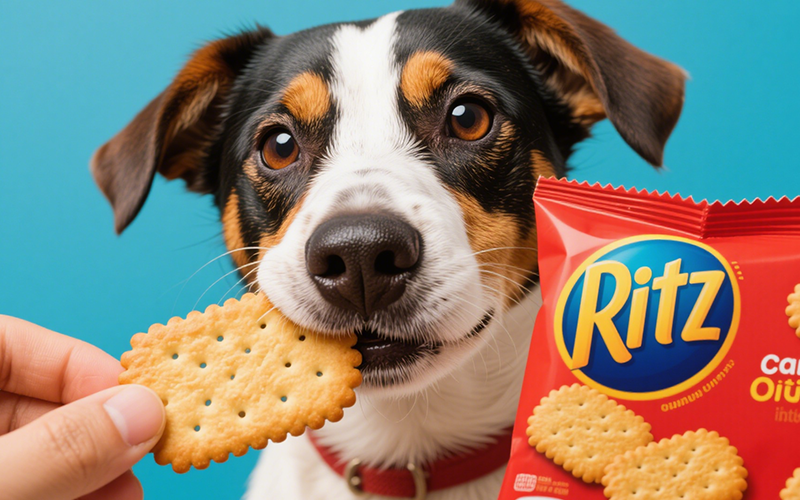
Ritz Crackers for Dogs? Why Vets Say No to This Common Snack
- 25 Apr 2025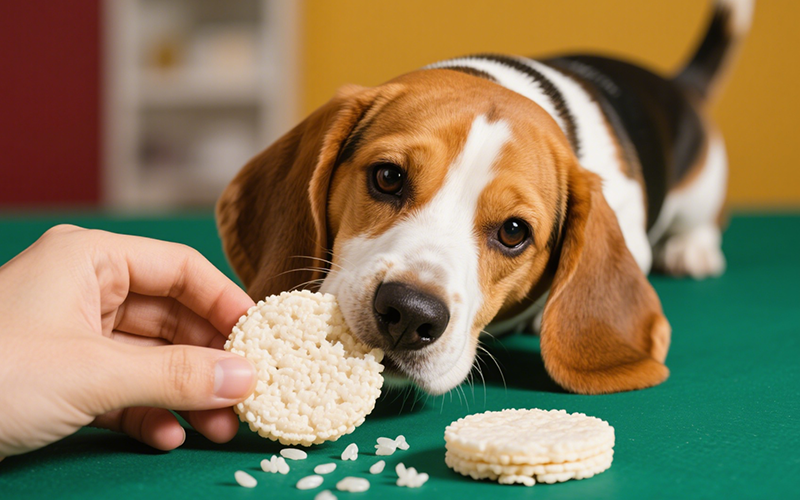
Rice Cakes for Rover? A Crunchy Question: Can Dogs Eat Rice Cakes Safely?
- 24 Apr 2025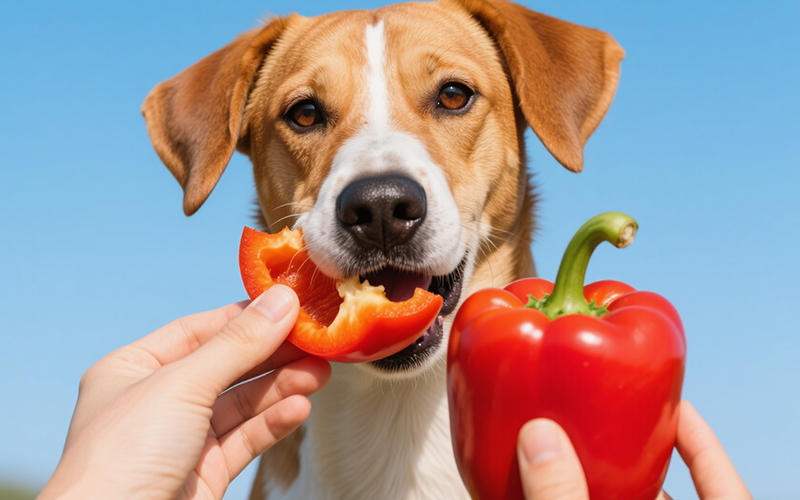
Crunchy & Colorful: Can Dogs Eat Red Bell Peppers Safely? A Vet-Approved Guide
- 24 Apr 2025
Raspberries for Rover? A Vet's Guide to This Berry Good Treat for Dogs
- 23 Apr 2025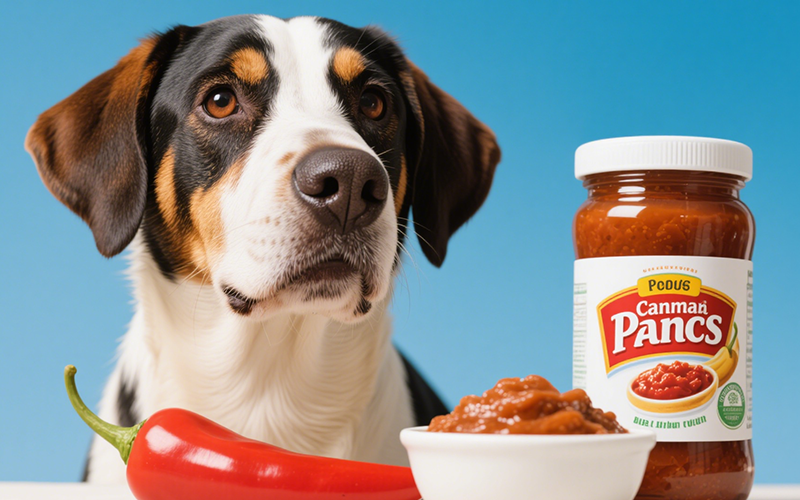
Ranch Dressing Dilemma: Can Dogs Safely Indulge? A Deep Dive into Why It's a Bad Idea
- 23 Apr 2025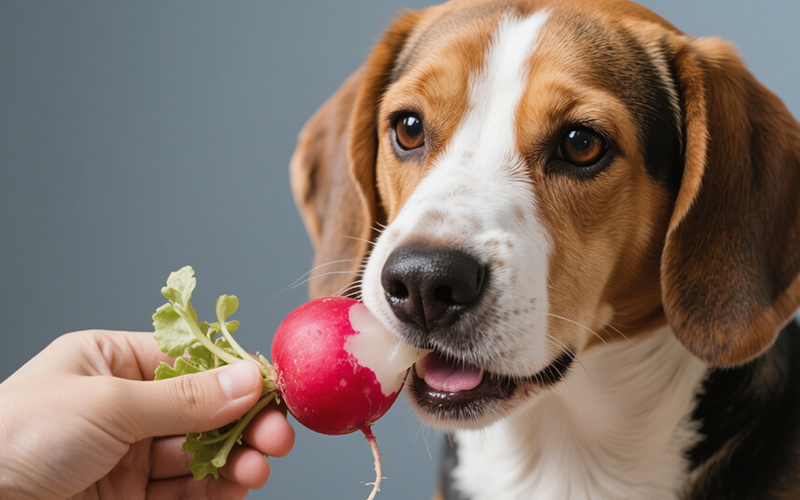
Radish Bites for Your Buddy? A Vet-Reviewed Guide on Whether Dogs Can Eat Radishes
- 22 Apr 2025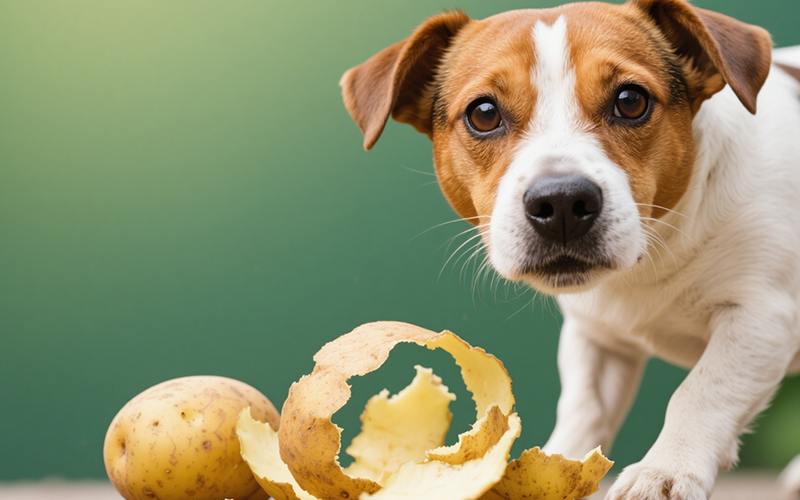
Potato Peels for Pooches? Unpeeling the Risks and Facts for Dog Owners
- 22 Apr 2025
Crunchy Curiosity: Can Dogs Safely Snack on Pork Rinds? A Deep Dive
- 21 Apr 2025
Pomegranate Seeds and Pooches: A Deep Dive into Whether Dogs Can Safely Indulge
- 21 Apr 2025
Can Dogs Eat Peaches? Vet Explains Benefits, Cyanide Risks & Safe Serving
- 16 Apr 2025
